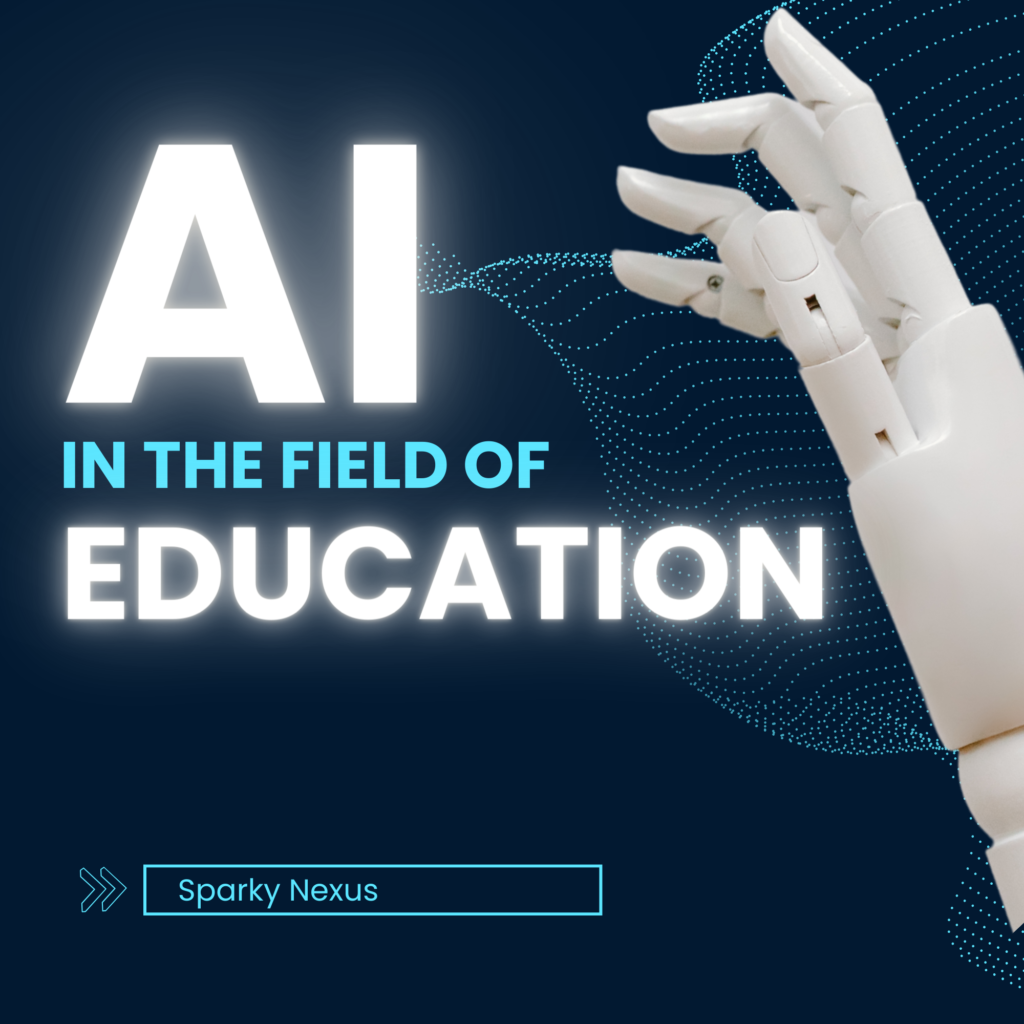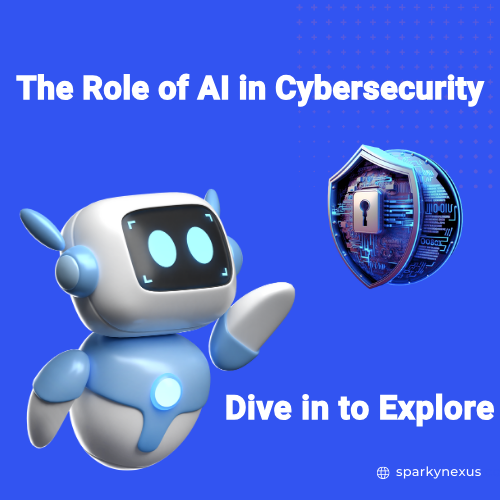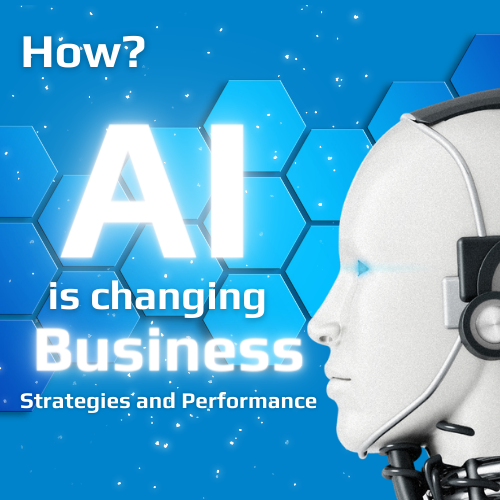As technology continues to advance at a rapid pace, its impact on education cannot be understated. Artificial Intelligence (AI) is revolutionizing the way we learn, offering exciting possibilities and transforming traditional educational methods. In this article, we will explore the role of AI in education and how it is reshaping the learning landscape.
The Rise of AI in Education
AI has made its way into classrooms and online learning platforms, providing personalized learning experiences for students. With the ability to analyze vast amounts of data, AI algorithms can adapt to individual learning styles and preferences, offering tailor-made solutions to enhance student engagement and understanding.
Personalized Learning Paths
AI algorithms can track a student’s progress, identify areas of improvement, and suggest personalized learning paths. By analyzing data on student performance, AI can offer targeted feedback and recommendations, helping students reach their full potential.
Virtual Teachers and Tutors
AI-powered virtual teachers and tutors are becoming increasingly popular, providing students with round-the-clock support and guidance. These virtual assistants can answer questions, explain complex concepts, and offer interactive learning experiences, supplementing traditional teaching methods.
Automating Administrative Tasks
AI can automate administrative tasks such as grading assignments, scheduling classes, and tracking attendance. By reducing the burden on educators, AI allows them to focus more on teaching and interacting with students, ultimately improving the overall learning experience. Here’s an overview of how automating administrative tasks works and its benefits:
Identifying Repetitive Tasks:
The first step in automating administrative tasks is identifying repetitive and rule-based activities that can be automated. These tasks often include data entry, file organization, email management, scheduling appointments, generating reports, and processing routine requests.
Selecting Automation Tools:
Once repetitive tasks are identified, businesses can choose from various automation tools and software solutions designed to streamline specific administrative processes. These tools range from simple task automation platforms to more sophisticated workflow management systems and robotic process automation (RPA) software.
Workflow Design and Integration:
After selecting appropriate automation tools, businesses must design workflows that outline the sequence of automated tasks and how they integrate with existing systems and processes. This may involve configuring software settings, defining automation triggers, and mapping data flows between different applications.
Implementation and Testing:
The next step is implementing the automation solution and testing it thoroughly to ensure that it functions as intended and meets the desired objectives. During this phase, adjustments may be made based on feedback from users and observations of system performance.
Training and Adoption:
Effective implementation of automation requires training employees on how to use the new tools and incorporating them into daily workflows. Providing comprehensive training and ongoing support encourages adoption and ensures that employees are proficient in leveraging automation to streamline their tasks.
Benefits of Automating Administrative Tasks:
Here are some benefits of Automating Administrative Tasks:
- Time Savings: Automation reduces the time spent on manual administrative tasks, allowing employees to focus on higher-value activities that contribute to organizational goals.
- Increased Accuracy: Automation minimizes human errors associated with manual data entry and processing, leading to improved accuracy and data integrity.
- Cost Efficiency: By streamlining administrative processes, automation helps organizations reduce labor costs, mitigate operational expenses, and achieve a higher return on investment.
- Enhanced Productivity: Automated workflows enable faster task completion and smoother collaboration, leading to increased productivity and throughput.
- Scalability: Automation solutions can easily scale to accommodate growing volumes of administrative work without requiring significant additional resources.
Advantages of AI in Education
The integration of AI in education offers numerous benefits, enhancing the learning process and preparing students for the future workforce.
Improved Student Engagement:
AI-powered interactive learning tools and simulations can make learning more engaging and interactive for students, fostering a deeper understanding of concepts and increasing retention rates.
Accessibility and Inclusivity:
AI technologies can provide accessible learning opportunities for students with disabilities, offering tailored experiences to meet their unique needs. Additionally, AI can bridge language barriers, enabling students from diverse backgrounds to access quality education.
Data-Driven Insights:
AI can analyze student data to provide insights into learning patterns, strengths, and weaknesses. Educators can use this information to make informed decisions, personalize teaching strategies, and identify areas for improvement.
Challenges and Considerations
While AI holds great promise for the future of education, some challenges and considerations need to be addressed.
Privacy and Security Concerns: AI systems that collect and analyze student data raise privacy and security concerns. Educators and policymakers need to establish clear guidelines and safeguards to protect sensitive information and ensure the ethical use of AI in education.
Digital Divide: Access to AI technologies and internet connectivity can create disparities among students, widening the digital divide. Efforts must be made to ensure equitable access to AI tools and resources for all learners.
Ethical and Bias Issues: AI algorithms can perpetuate biases and stereotypes, impacting student evaluations and learning outcomes. It is essential to address these ethical concerns and ensure fairness and accountability in AI-driven education systems.
Conclusion
Artificial Intelligence is transforming education, offering new opportunities to enhance the learning experience and prepare students for success in a rapidly evolving world. By leveraging the power of AI, educators can create personalized learning environments, foster creativity and critical thinking skills, and shape the future of education for generations to come.
“The future of education is here, powered by Artificial Intelligence. Let’s embrace this transformation and unlock the true potential of every student.”
AI personalizes learning experiences by analyzing data on student behavior, preferences, and performance to tailor educational content, pacing, and activities to individual needs and learning styles.
AI has the potential to complement and enhance human teaching, but it’s unlikely to replace human teachers entirely. While AI can automate certain tasks and provide personalized learning experiences, the unique qualities of human educators, such as empathy, creativity, and interpersonal skills, are irreplaceable in the learning process.
The ethical implications of AI in education include concerns about data privacy, algorithmic bias, digital equity, and the impact on human interaction and autonomy. It’s crucial to address these issues to ensure fair and equitable access to AI-driven educational resources and mitigate potential risks of discrimination and exclusion.






